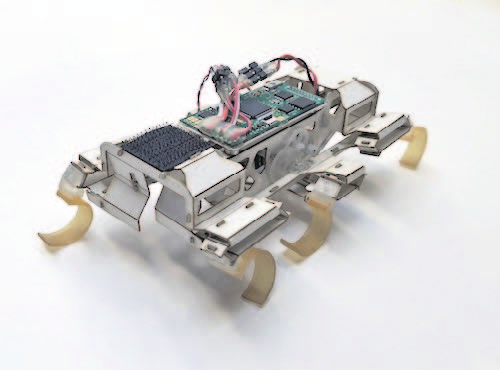
NEW DELHI (TIP): Using Nasa‘s Spitzer space telescope, astronomers have found a bizarre super-dense dust cloud some 16,000 light years away. It is huge: about 50 light years in diameter. And in that space is packed mass equivalent to 7,000 Suns.
The shadows cast by this dense cloud have been described by stunned scientists as “blackest of black” and Nasa is calling them “the deepest shadows ever recorded”. The dusty cloud, results suggest, will likely evolve into one of the most massive young clusters of stars in our galaxy.
The densest clumps will blossom into the cluster’s biggest, most powerful stars, called O-type stars, the formation of which has long puzzled scientists. These hulking stars have major impacts on their local stellar environments while also helping to create the heavy elements needed for life.
“The map of the structure of the cloud and its dense cores we have made in this study reveals a lot of fine details about the massive star and star cluster formation process,” said Michael Butler, a postdoctoral researcher at the University of Zurich in Switzerland and lead author of the study, published in The Astrophysical Journal Letters. Most stars in the universe, perhaps our Sun included, are thought to have formed en masse in these sorts of environments.
Clusters of low-mass stars are quite common and wellstudied. But clusters giving birth to higher-mass stars, like the cluster described here, are scarce and distant, which makes them harder to examine. “In this rare kind of cloud, Spitzer has provided us with an important picture of massive star cluster formation caught in its earliest, embryonic stages,” said Jonathan Tan, an associate professor of astronomy at the University of Florida, Gainesville, and co-author of the study.
The new findings will also help reveal how O-type stars form. O-type stars shine a brilliant white-blue, possess at least 16 times the sun’s mass and have surface temperatures above 54,000 degrees Fahrenheit (30,000 degrees Celsius). These giant stars have a tremendous influence on their local stellar neighborhoods.
Their winds and intense radiation blow away material that might draw together to create other stars and planetary systems. Otype stars are short-lived and quickly explode as supernovas, releasing enormous amounts of energy and forging the heavy elements needed to form planets and living organisms.
Researchers are not sure how, in Otype stars, it is possible for material to accumulate on scales of tens to 100 times the mass of our sun without dissipating or breaking down into multiple, smaller stars. “We still do not have a settled theory or explanation of how these massive stars form,” said Tan. “Therefore, detailed measurements of the birth clouds of future massive stars, as we have recorded in this study, are important for guiding new theoretical understanding.”





Be the first to comment